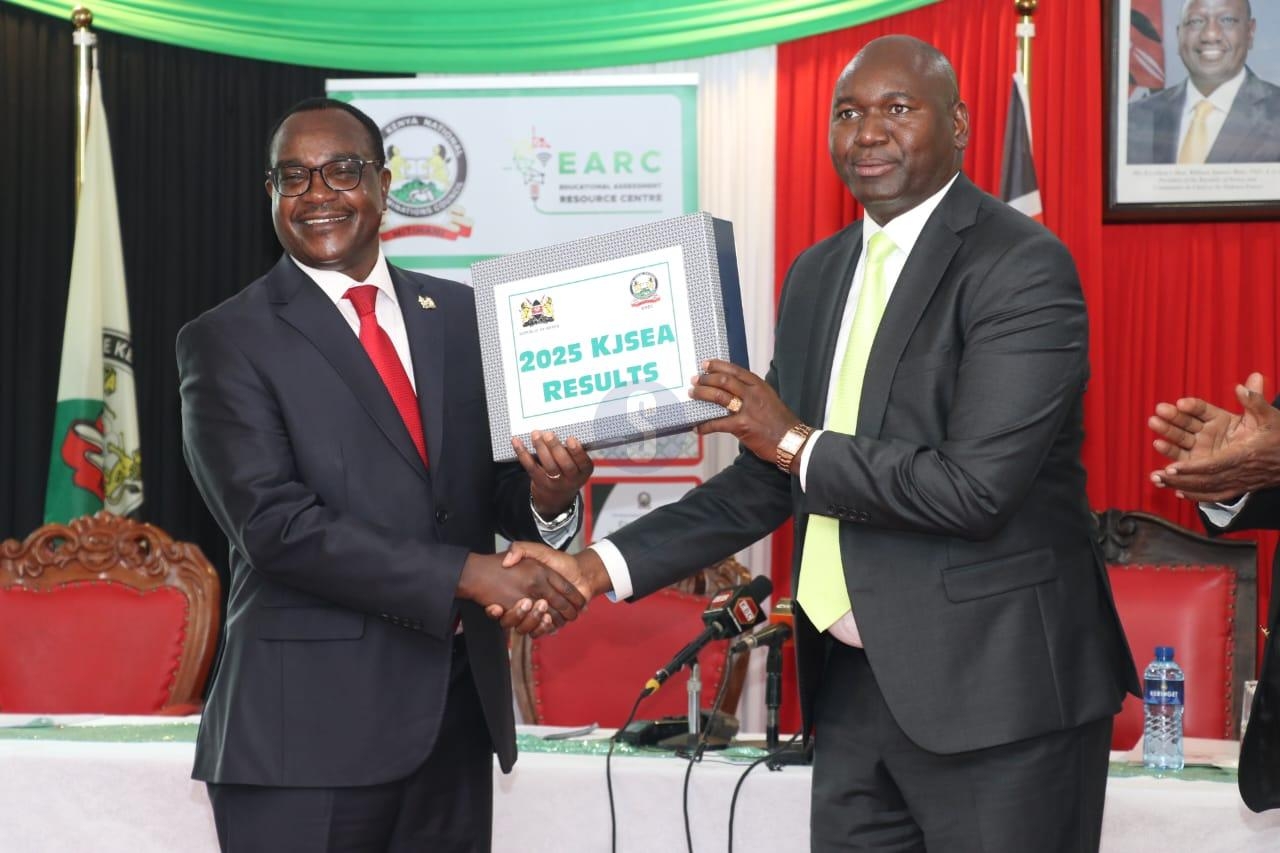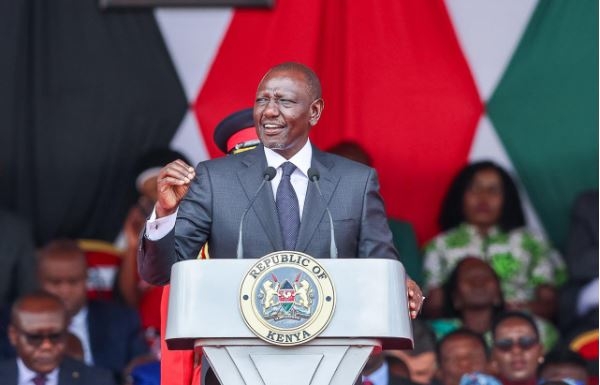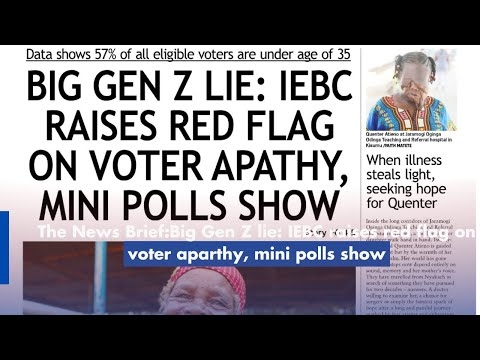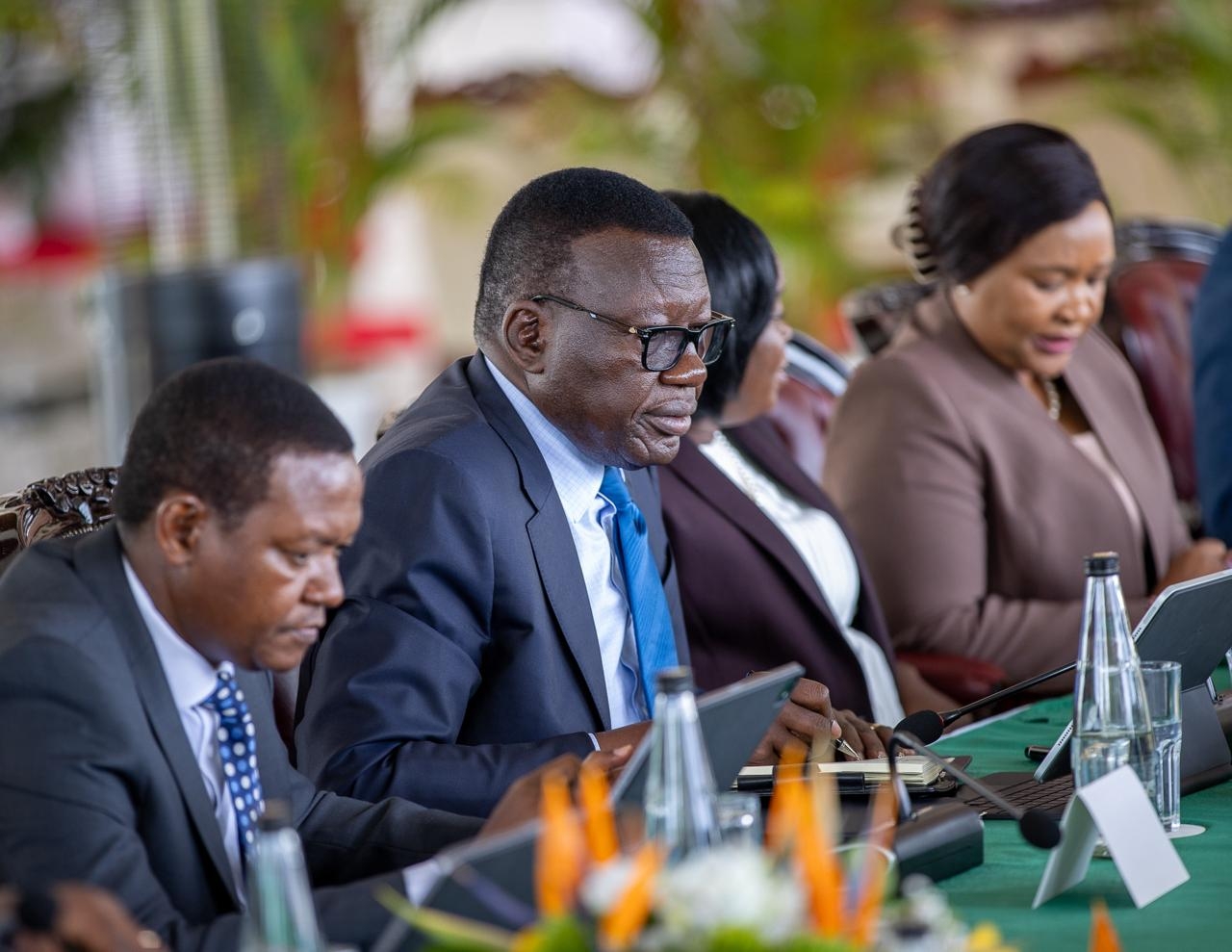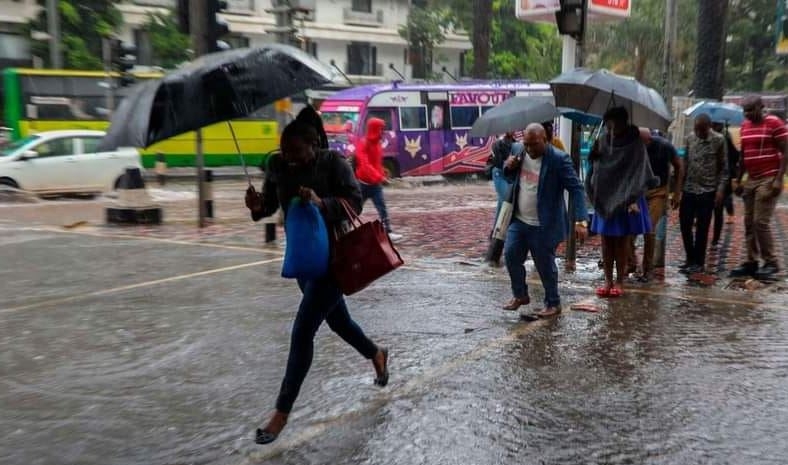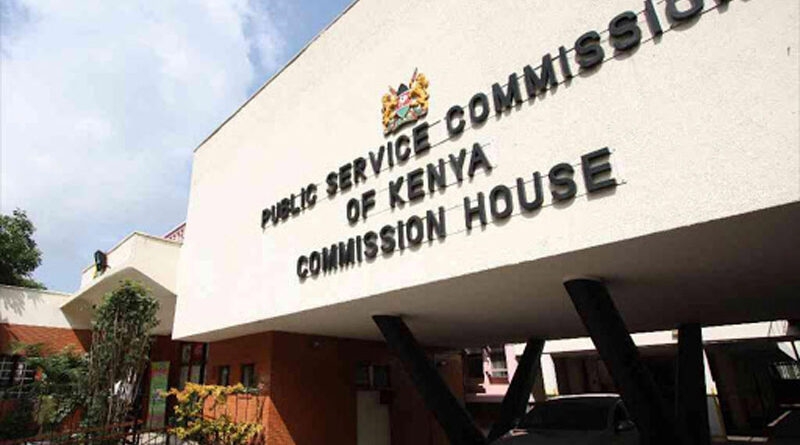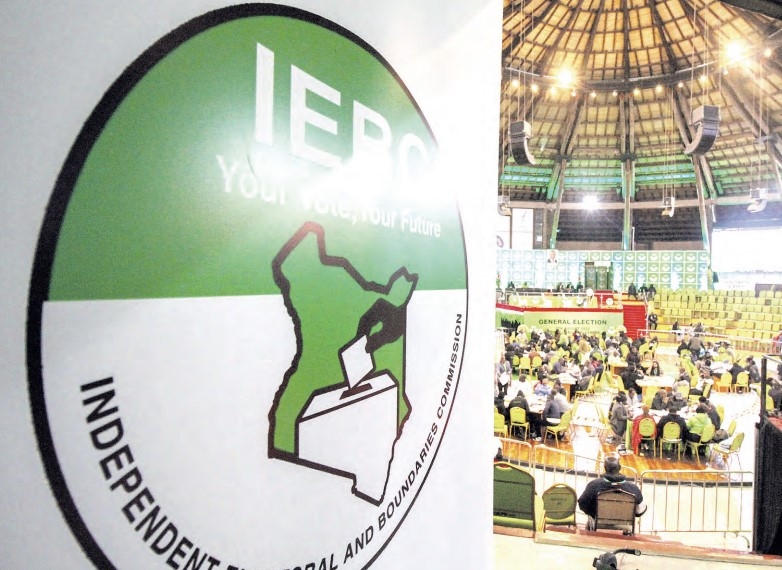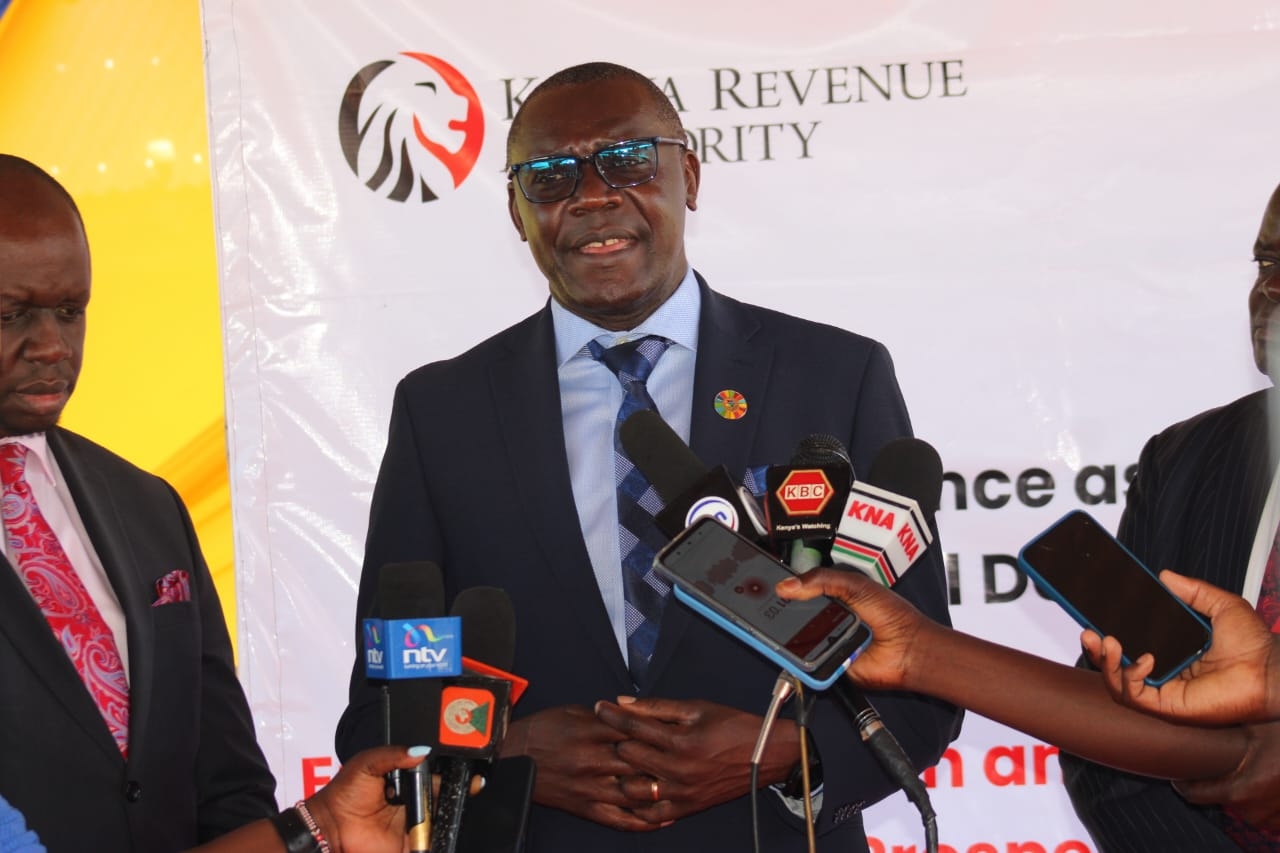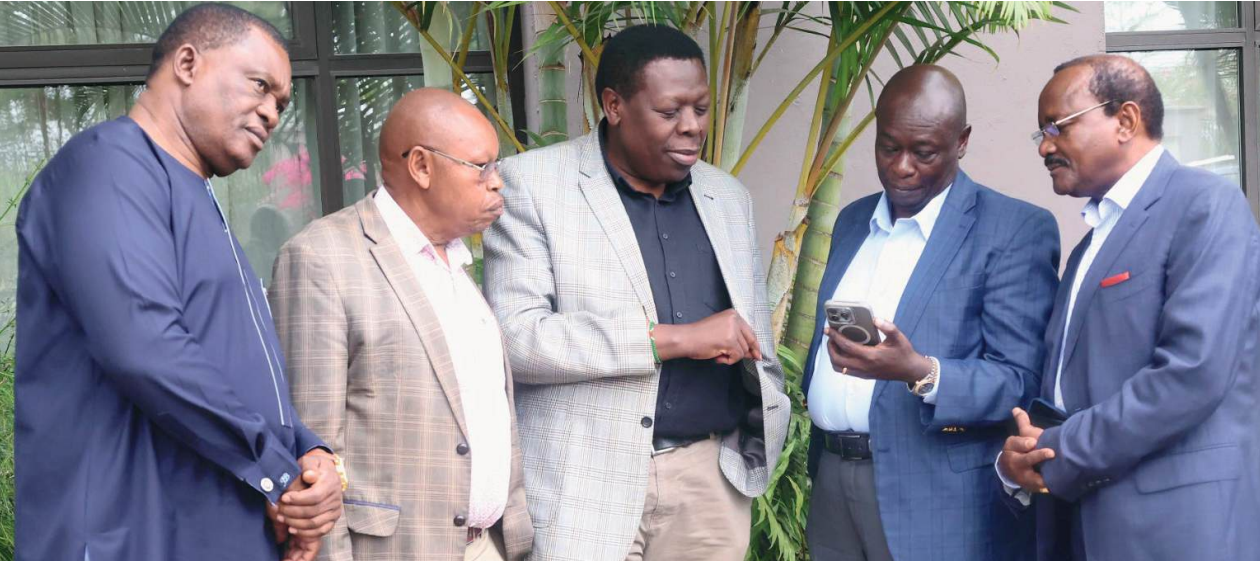
As Kenya approaches the 2027 general election, the opposition remains unsettled, fragmented and deeply uncertain about its identity and purpose. Coalition politics, once hailed as the antidote to the country’s divisive winner-takes-all model, have deteriorated into fragile, short-term arrangements driven by convenience and personal ambition rather than shared vision or policy coherence. The central question before the opposition is whether it can overcome the mistrust, rivalry and egos that plague it and present itself as a credible alternative government that embodies stability, competence, and unity.
Kalonzo Musyoka’s name is among the most frequently mentioned in opposition circles. Despite his decades of public service and statesmanship, his presidential prospects remain slim. His Wiper party remains anchored almost exclusively in Ukambani, with minimal influence beyond that region. The roots of this narrow base date back to the 2007 split with Raila Odinga, when Raila built the multi-ethnic “Pentagon” coalition while Kalonzo transformed ODM-K into a vehicle operating mostly in Lower Eastern. Since then, Wiper has struggled to evolve into a truly national party, and Kalonzo’s support has remained regionally confined. The question then arises: even if he were to secure the presidency, how would he govern with only a small number of MPs outside his traditional base? Would he be able to command national legitimacy or marshal legislative support for his agenda? Couldn’t such a scenario lead even to impeachment?





